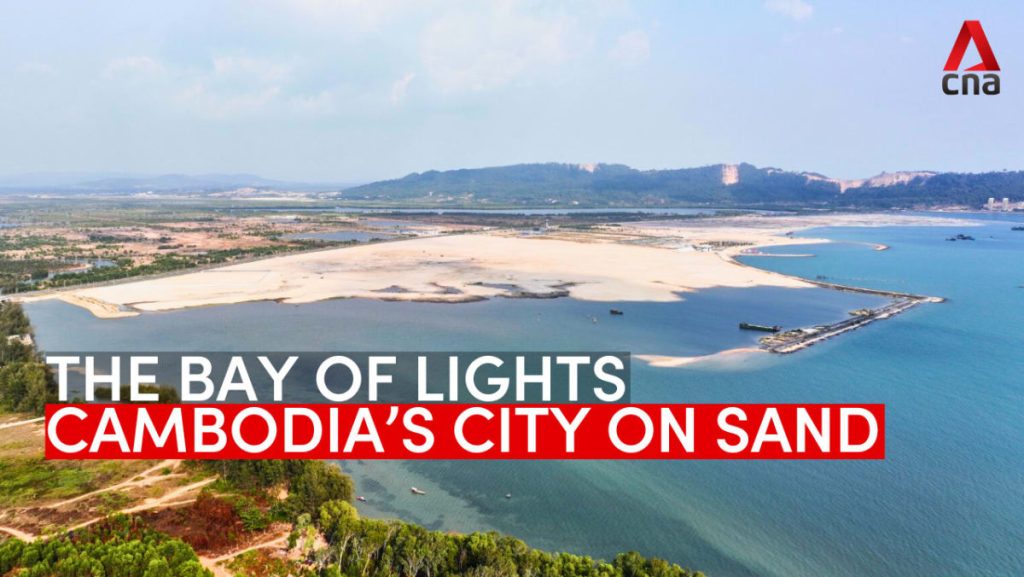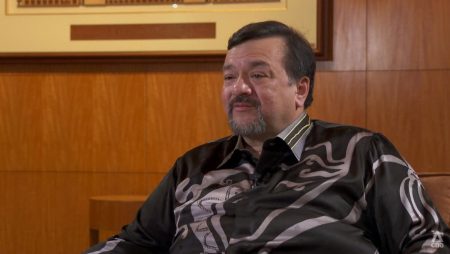The development of the “eco city” in Sihanoukville is a sprawling project that spans 80 square kilometers along Cambodia’s southern coastline. This massive undertaking is expected to cost a staggering US$16 billion and promises to transform the area into a modern hub of economic activity and sustainable living. However, the project has recently come under scrutiny as pressures mount on both the developers and the local community.
The ambitious development project has sparked discontent among locals who fear being displaced by the rapid transformation of their homeland. Many residents are concerned about the potential loss of their homes and livelihoods as construction ramps up and property prices skyrocket. Additionally, environmentalists have raised alarms about the impact of the eco city on the fragile coastal ecosystem, warning of potential damage to the local wildlife and marine life.
Despite these concerns, the developers of the eco city remain determined to forge ahead with their plans. They see the project as a golden opportunity to showcase Cambodia’s potential for sustainable growth and attract investment from both domestic and international sources. The developers have promised to adhere to strict environmental standards and implement green technologies to minimize the project’s impact on the surrounding environment.
The eco city in Sihanoukville is seen as a vital component in Cambodia’s broader strategy to diversify its economy and reduce its dependence on traditional industries like agriculture and tourism. The project aims to attract a wide range of industries, including technology, manufacturing, and services, to create a diverse and thriving economic hub in the region. This economic diversification is seen as crucial for Cambodia’s long-term growth and prosperity.
As the development of the eco city progresses, tensions between the developers and the local community continue to simmer. The rapid pace of construction and the influx of foreign workers have led to clashes with residents who feel marginalized and excluded from the decision-making process. There are growing calls for greater transparency and accountability from the developers, as well as increased efforts to address the concerns of those directly impacted by the project.
In conclusion, the “eco city” in Sihanoukville represents a bold vision for the future of Cambodia’s southern coastline. While the project promises to deliver economic growth and sustainable development, it also raises important questions about environmental conservation, social equity, and community engagement. As pressures mount on the project and its developers, it is clear that a delicate balance must be struck between progress and preservation to ensure a prosperous and harmonious future for all stakeholders involved.















